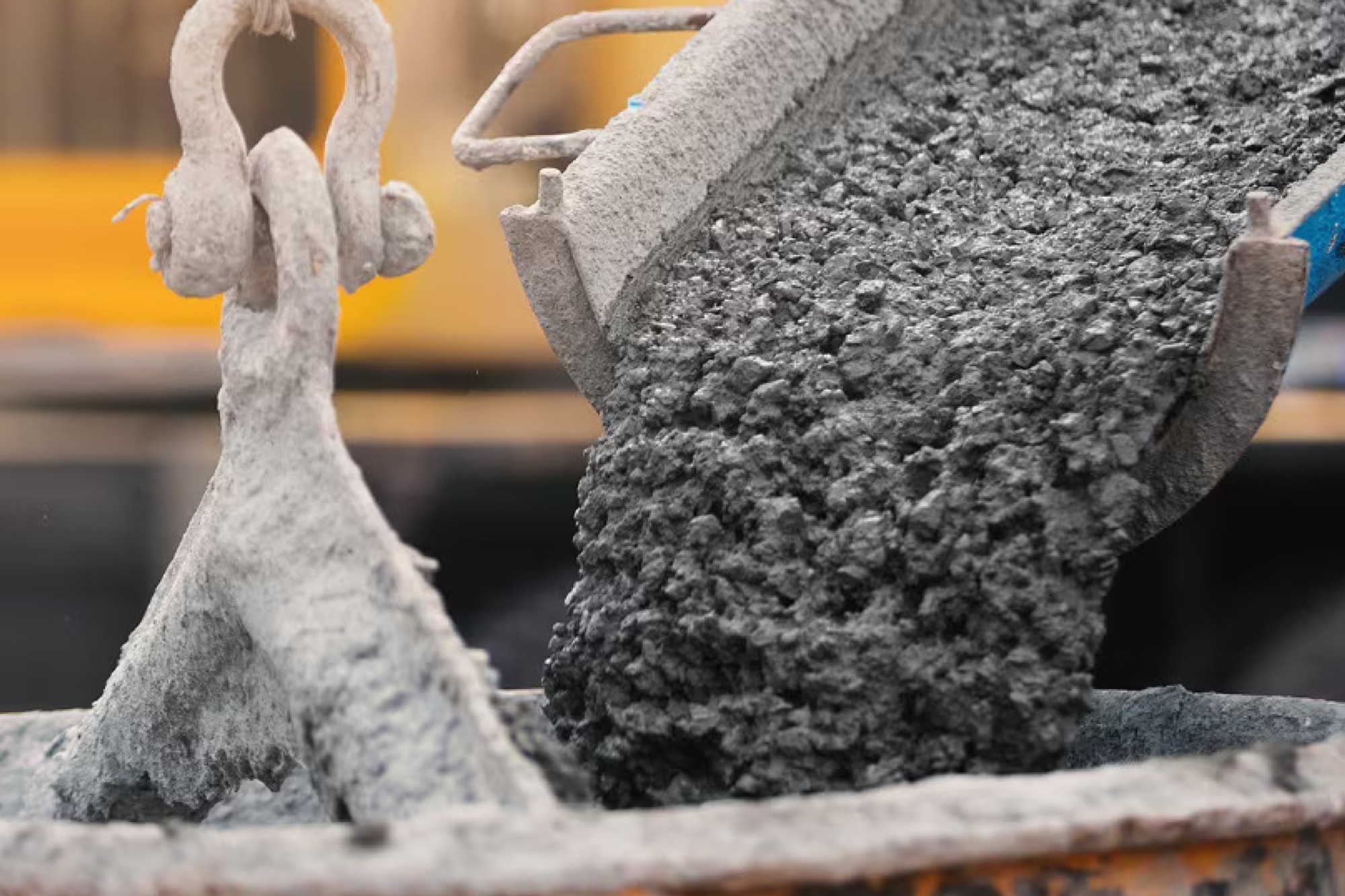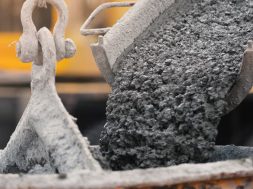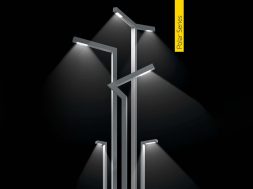Cement prices decline in Q4FY24

Due to a relative slowdown in demand and larger competitors competing for market share, the average cement prices across India saw a 1.5–2 percent MoM decline on February 24.
The fourth straight month of pricing declines has been experienced by the industry. Since the east and south of the country reported sequential declines of 4-6 percent, pan-India prices in Q4FY24-TD are 3-3.5 percent lower than the average prices in Q3FY24. Based on month-over-month data, demand trends show a rebound in volume across most pockets; QTD has probably seen a mid-single-digit YoY gain. It is anticipated that demand patterns will improve from March 24 to March 25. However, the price increase appears challenging because of the volume pressure brought on by financial year-end issues. Better operating leverage and soft material prices will probably counteract some of the sequentially steep pricing declines. As a result, in Q4FY24E, the industry is probably going to see a drop in EBITDA/ton of ₹ 70–100 QoQ. Ambuja Cements and UltraTech Cement are our top choices.
In February, prices fell by 1.5–2 percent MoM; Q4FY24 TD prices are 3–3.5 percent less than Q3FY24 average prices.
Cement prices fell 1.5–2 percent MoM (around ₹ 6-7/bag) on February 24. The fall was observed in all regions; the north reported a loss of ₹ 5/bag, the central region documented a decline of ₹ 2-3/bag, and the east, west, and south saw a decline of ₹ 7-9/bag. For the fourth month running, the industry has seen price reductions. As a result, overall prices in India for Q4FY24-TD are 3-3.5 percent less than the average prices for Q3FY24, with the east and south recording a 4-6 percent QoQ decline. Our analysis indicates that given the expected spike in volume pressure in the coming weeks owing to year-end considerations, the industry is unlikely to experience any significant pricing increases before the general elections.
Demand increased MoM in February and is expected to reach a mid-single-digit YoY in Q4FY24-TD.
Demand patterns show a rebound in volume in most pockets on a month-over-month basis; nevertheless, in February and March, it probably improved in the mid-single-digit YoY. In summary, demand in January–24 was lower than anticipated because of issues with sand in a few eastern states, harsh winter weather, and a large base for the previous year. According to our investigations, demand in Q4FY24-TD has probably climbed by mid-single digits YoY. In 11MFY24, industry volumes have probably increased overall at a rate of 9–10 percent YoY.
Fuel costs grew 7 percent MoM on February 24 and were more than 10 percent below levels on November 23.
Petcoke CFR prices in the United States rose 7 percent MoM to USD 120/ton on February 24 (down 31 percent YoY); however, they remained more than 10 percent below the levels seen on November 23. In general, domestic pet coke prices were unchanged month over month and 25 percent lower year over year in February. Fuel costs at spot prices are probably around ₹ 1.6/Kcal, as opposed to the average of ₹ 1.7–1.8/Kcal in Q3FY24. Better operating leverage and low material prices will probably counteract some of the sequential pricing declines. As a result, a QoQ drop in EBITDA/ton of ₹ 70–100 is anticipated for the industry in Q4FY24E.
Cookie Consent
We use cookies to personalize your experience. By continuing to visit this website you agree to our Terms & Conditions, Privacy Policy and Cookie Policy.






